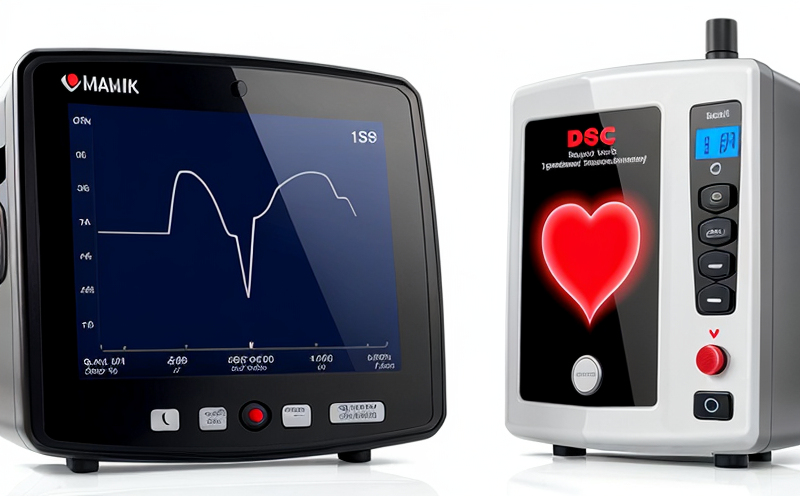ISO 5840 Mechanical Heart Valve Duratility Testing
The ISO 5840 standard provides a comprehensive framework for the mechanical durability testing of heart valves. This service is paramount in ensuring that cardiac and cardiovascular medical devices meet stringent performance requirements, thereby safeguarding patient health and safety.
ISO 5840 covers various aspects of heart valve testing, focusing on the cyclic loading conditions experienced by these critical medical devices during normal use. The test protocol involves subjecting specimens to a defined number of cycles under specified stress levels that mimic real-world physiological conditions. This ensures that any potential failure modes are identified early in the product development lifecycle.
Our laboratory adheres strictly to the ISO 5840-1:2017 standard for testing mechanical heart valves, which includes both biological and non-biological materials used in valve construction. The test setup allows for precise control over loading parameters such as peak force, frequency, and duration of each cycle.
The primary goal of this service is to evaluate the fatigue resistance of heart valves by simulating their expected operational conditions. By doing so, we can provide manufacturers with critical insights into the durability of their products before they are deployed in clinical settings.
Our team of experienced engineers and technicians ensures that all tests comply with international standards, providing reliable data that supports regulatory compliance and product quality assurance.
Scope and Methodology
| Parameter | Description |
|---|---|
| Cyclic Loading Conditions | The test involves cyclic loading of the heart valve specimen to simulate real-world physiological conditions. |
| Peak Force and Frequency | Specified parameters that define the stress levels applied during each cycle. |
| Durability Target | The number of cycles required to reach a predetermined failure criterion or specified duration. |
| Specimen Preparation | Materials and methods for preparing the heart valve specimen prior to testing. |
| Data Collection | Methods used to record and analyze test data, including displacement, force, and any signs of failure. |
The ISO 5840-1:2017 standard specifies the exact methodology for mechanical durability testing. This includes detailed instructions on how to prepare specimens, apply cyclic loading, monitor performance parameters, and interpret results. Our laboratory strictly follows these guidelines to ensure accurate and consistent test outcomes.
Benefits
The mechanical durability testing of heart valves as per ISO 5840 offers several significant benefits:
- Enhanced Patient Safety: Ensures that medical devices are robust enough to withstand the rigors of daily use.
- Regulatory Compliance: Meets international standards and regulatory requirements, facilitating smoother product approvals.
- Improved Product Quality: Identifies potential weaknesses early in the development process, leading to higher-quality products.
- Risk Reduction: Minimizes the risk of device failures in clinical settings by identifying failure modes during testing.
- Cost Efficiency: Early detection of design flaws reduces the cost associated with field failures and recalls.
In summary, ISO 5840 mechanical heart valve durability testing is an essential service that contributes to the overall safety and efficacy of cardiovascular devices. By adhering strictly to international standards, our laboratory ensures that manufacturers can trust the results obtained from these tests.
Environmental and Sustainability Contributions
The testing of heart valves in accordance with ISO 5840 not only enhances patient safety but also contributes positively to environmental sustainability. By identifying design flaws early in the development process, this service helps reduce waste associated with field failures and recalls. Moreover, the use of standardized test protocols ensures that all manufacturers adhere to consistent quality standards, leading to more reliable products.
Our laboratory is committed to minimizing its ecological footprint by adopting energy-efficient practices and using sustainable materials where possible. By providing accurate and reliable test results, we support the development of innovative medical devices that can improve patient outcomes while maintaining environmental responsibility.





